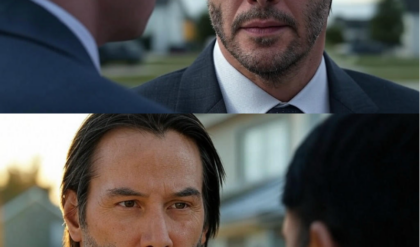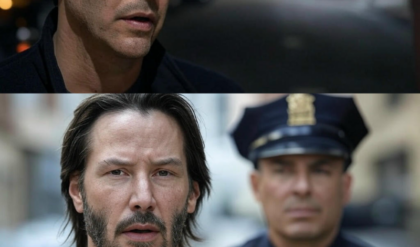
These same events occurred in the chapter “Barrels Out of Bond” from the novel version of The Hobbit. J. R. R. Tolkien noted that the wine came from Dorwinion, which, according to some official maps of Middle-earth, was a land on the western edge of the Sea of Rhûn. Dorwinion was known for producing an especially “heady vintage” that caused those who drank it to have “deep and pleasant dreams.” Wine from Dorwinion was so strong that it was able to intoxicate Elves, who were usually resistant to the effects of alcohol. Thranduil reserved this wine for his great feasts and only drank it in small amounts, but his guards showed no such restraint. Despite Dorwinion’s significance to the plot of The Hobbit, Tolkien’s other canon writings revealed nothing about the region. It is unknown which of Middle-earth’s races lived there or even what type of civilization it was — it could have been anything from a small village to an entire kingdom. However, thanks to the depth of Tolkien’s worldbuilding, fans can glean more about the nature of Dorwinion based on the few details that appear in The Hobbit.
Dorwinion Had a Connection to the Elven Realms
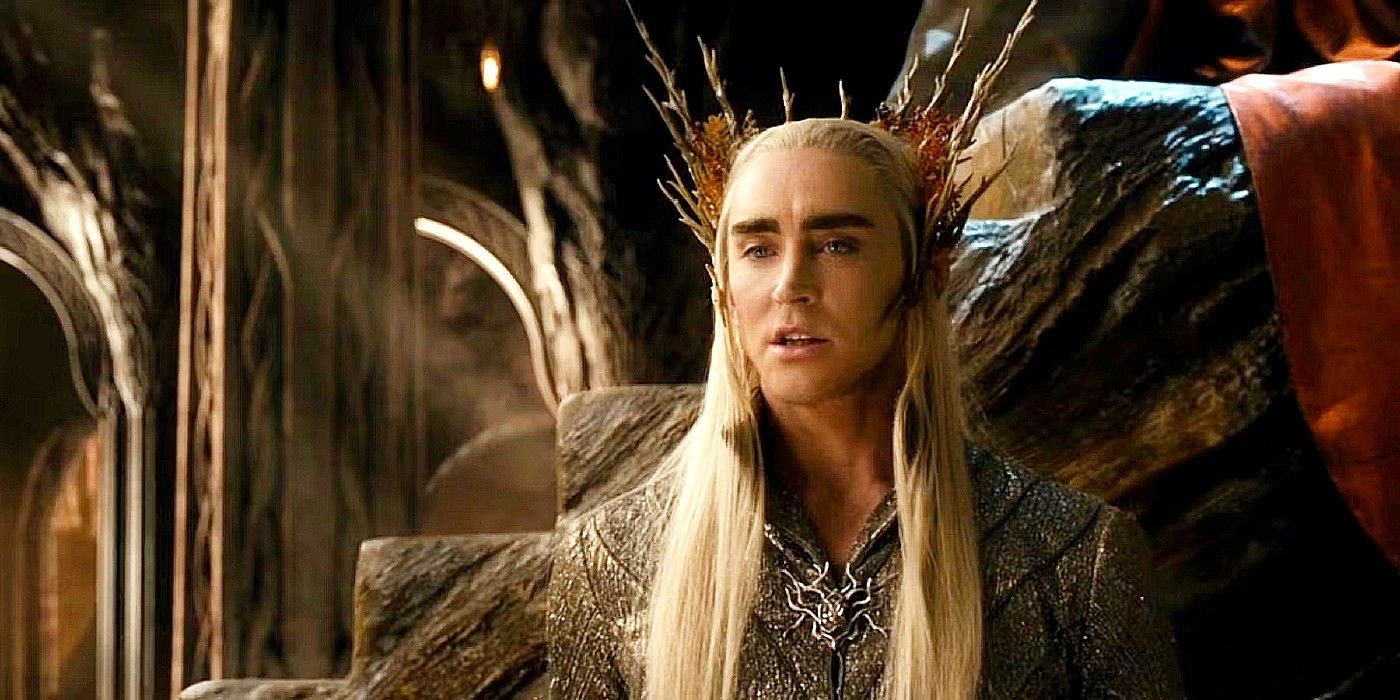
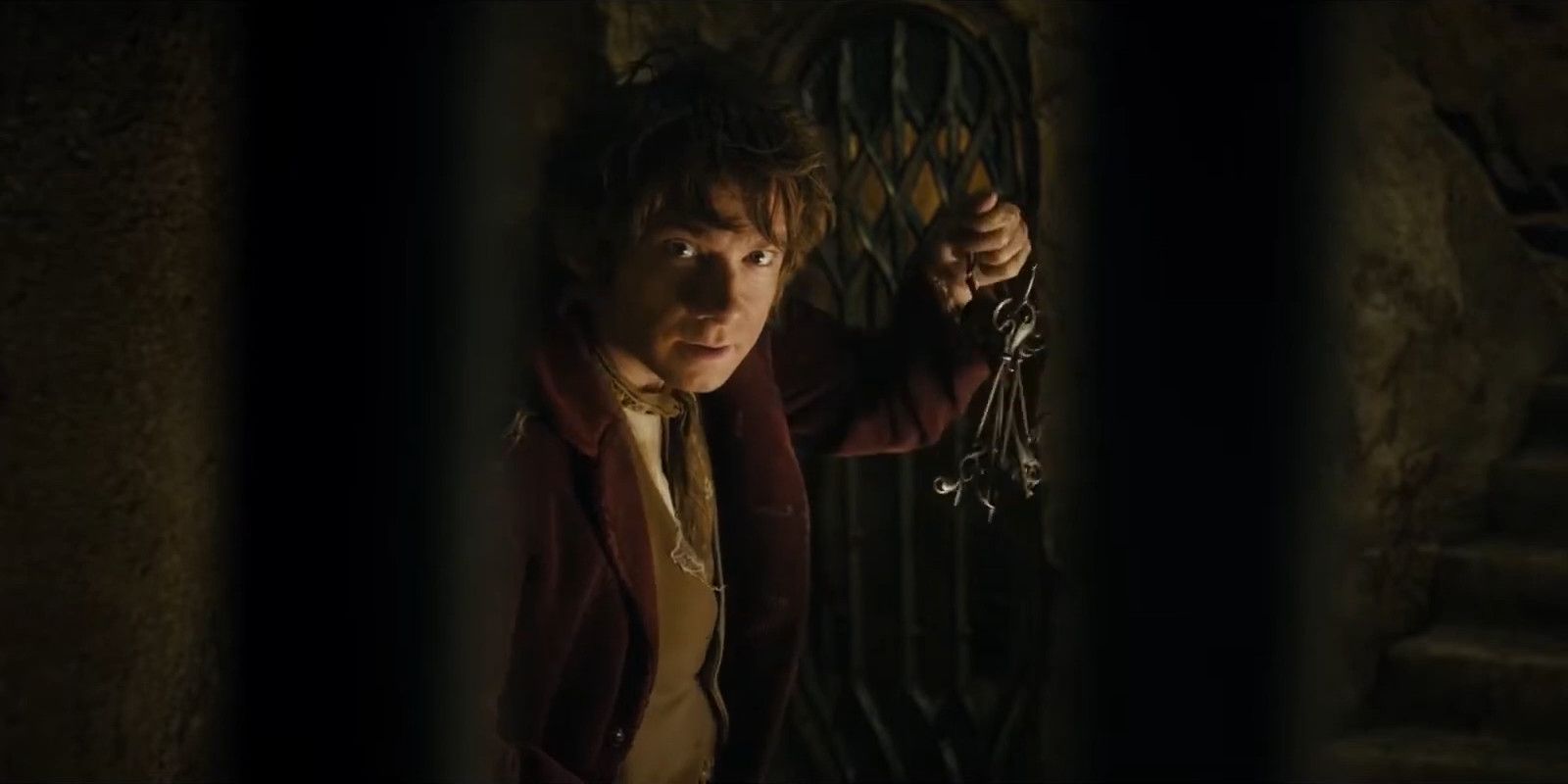



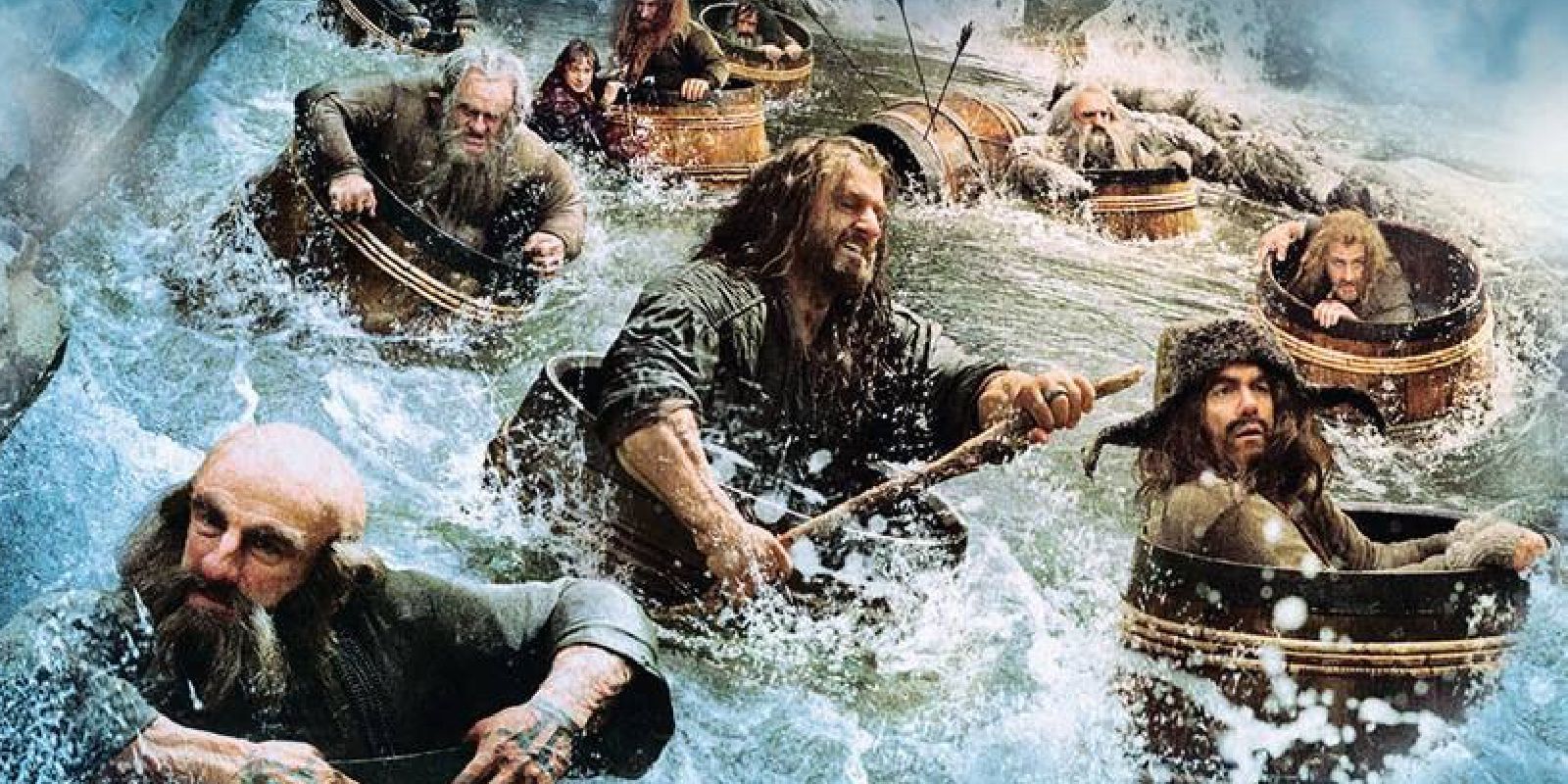






Dorwinion’s name had its roots in Sindarin, one of Middle-earth’s many fictional languages. The meaning of Dorwinion is not entirely clear — Tolkien language experts believe it might translate to “Country of Young Land” — but the meaning is not as important as the language from which it came. Sindarin was an Elvish language, implying that Dorwinion was inhabited by Elves. That would explain the potency of wine from the region; if it was strong enough to affect Elves, it was likely too strong for any of Middle-earth’s other races, except possibly Dwarves. The people of Dorwinion could have been Elves who migrated east from the Woodland Realm, hence their strong trade relations, or they could have been Elves who settled there at a much earlier point in Middle-earth’s history, such as the reclusive Avari Elves. But there are some problems with the theory that Dorwinion was Elven land. Elves typically preferred to live in or near forests, but Tolkien’s maps showed no forests along the western edge of the Sea of Rhûn, only northeast of it. There is also the fact that Dorwinion was so close to Easterling territory in Rhûn. The Easterlings served Sauron during the War of the Ring, so Elves living near them surely would have been relevant to The Lord of the Rings. Dorwinion should have helped its trade partners, the Woodland Realm and Dale, in their fights against Sauron’s forces at the end of the Third Age. Of course, this could be explained by the Dark Lord eradicating Dorwinion before the events of the story. Maybe the Elves who lived there all died or fled to the Woodland Realm.
The inhabitants of Dorwinion could have instead been Men, specifically Gondorians. Gondor’s cities often used Sindarin names, like Osgiliath, meaning “Fortress of Stars,” or Minas Tirith, meaning “Tower of Guard.” By the time of The Lord of the Rings, Dorwinion was several hundred miles away from Gondor, but this is only because Gondor’s borders shrank over time. During the kingdom’s Golden Age, its territory stretched “east to the inland Sea of Rhûn,” as Tolkien discussed in Appendix A of The Lord of the Rings. The Gondorians lost this land during a war with the Easterlings in the year 1856 of the Third Age, a little over a thousand years before Bilbo’s escapade in the Woodland Realm. But it is possible that some Men of Gondor remained in the region even after their kingdom’s defeat. If Dorwinion simply produced wine and was not a military threat, the Easterlings might have left its inhabitants alone or even traded with them. Easterlings were usually villains in Tolkien’s legendarium, but they were no Orcs — they could be reasoned with, especially if they had something to gain from showing mercy, such as access to excellent wine.
Little Was Known About Dorwinion
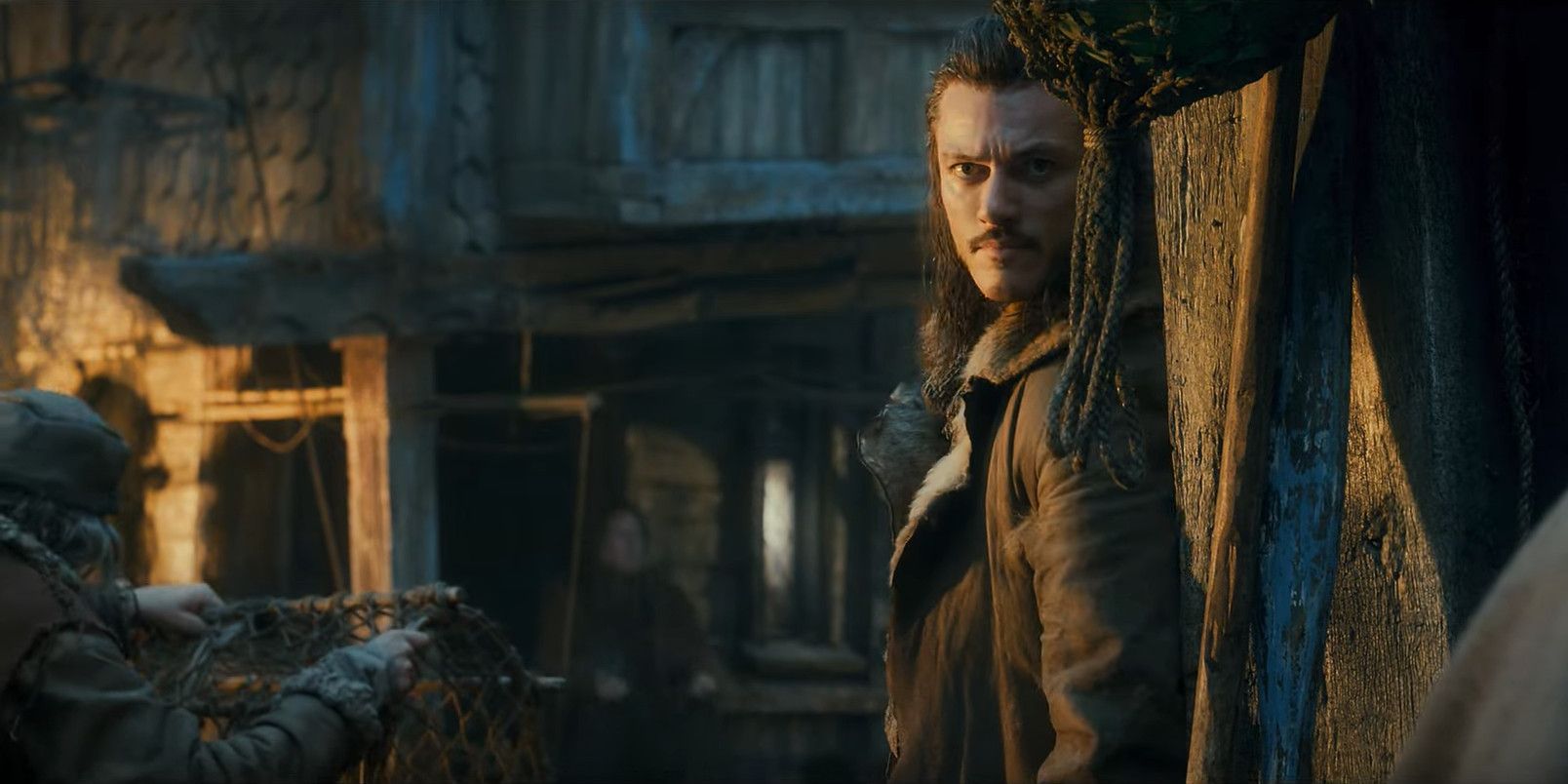
Tolkien did not state what the Easterlings called Rhûn; in fact, he provided no information about their language aside from the name of an Easterling whom Sauron gave a Ring of Power: Khamûl.
Elves and Gondorians are the most likely candidates for Dorwinion’s inhabitants, but there are other options. Dorwinion was part of the larger region known as Rhovanion, and that area was mainly inhabited by Northmen. Northmen were the culture to which the Men of Dale and Lake-town belonged. The wine barrels from Dorwinion passed through Lake-town along the River Running before they reached the Woodland Realm, so this would once again explain the strong trade relations between Dorwinion and its western neighbors. Though less probable, the people of Dorwinion might have instead been Easterlings who did follow Sauron, as a small few resisted the Dark Lord’s control. According to some of Tolkien’s notes, the mysterious Blue Wizards were meant to inspire such rebellion in Rhûn. Both of these options would make the region’s Sindarin name unusual, but maybe Dorwinion was just what the Elves of the Woodland Realm called it. There was precedent for this, as Rhûn was simply the Sindarin word for “East,” and the Easterlings did not use that name for their homeland.
Tolkien retroactively deepened much of The Hobbit‘s lore in The Lord of the Rings, transforming his children’s story into a part of his epic legendarium. Bilbo’s magical ring of invisibility became the One Ring, an ancient artifact of unimaginable power and the central plot device of The Lord of the Rings. The Necromancer in Dol Guldur became Sauron, the greatest evil in Middle-earth and the main antagonist of The Lord of the Rings. The unnamed Elven-king who ruled over the Woodland Realm became Thranduil, a veteran of the War of the Last Alliance. Thranduil and Glóin even had sons who were major characters in The Lord of the Rings, namely Legolas and Gimli. Because of these many examples, it is strange that Tolkien did not even mention Dorwinion in his sequel to The Hobbit. The Shire, the Trollshaws, Rivendell, the Misty Mountains, Mirkwood, Lake-town, Dale, and Erebor each came up at least once in The Lord of the Rings, but Tolkien completely ignored Dorwinion.
Dorwinion is One of Middle-earth’s Greatest Mysteries
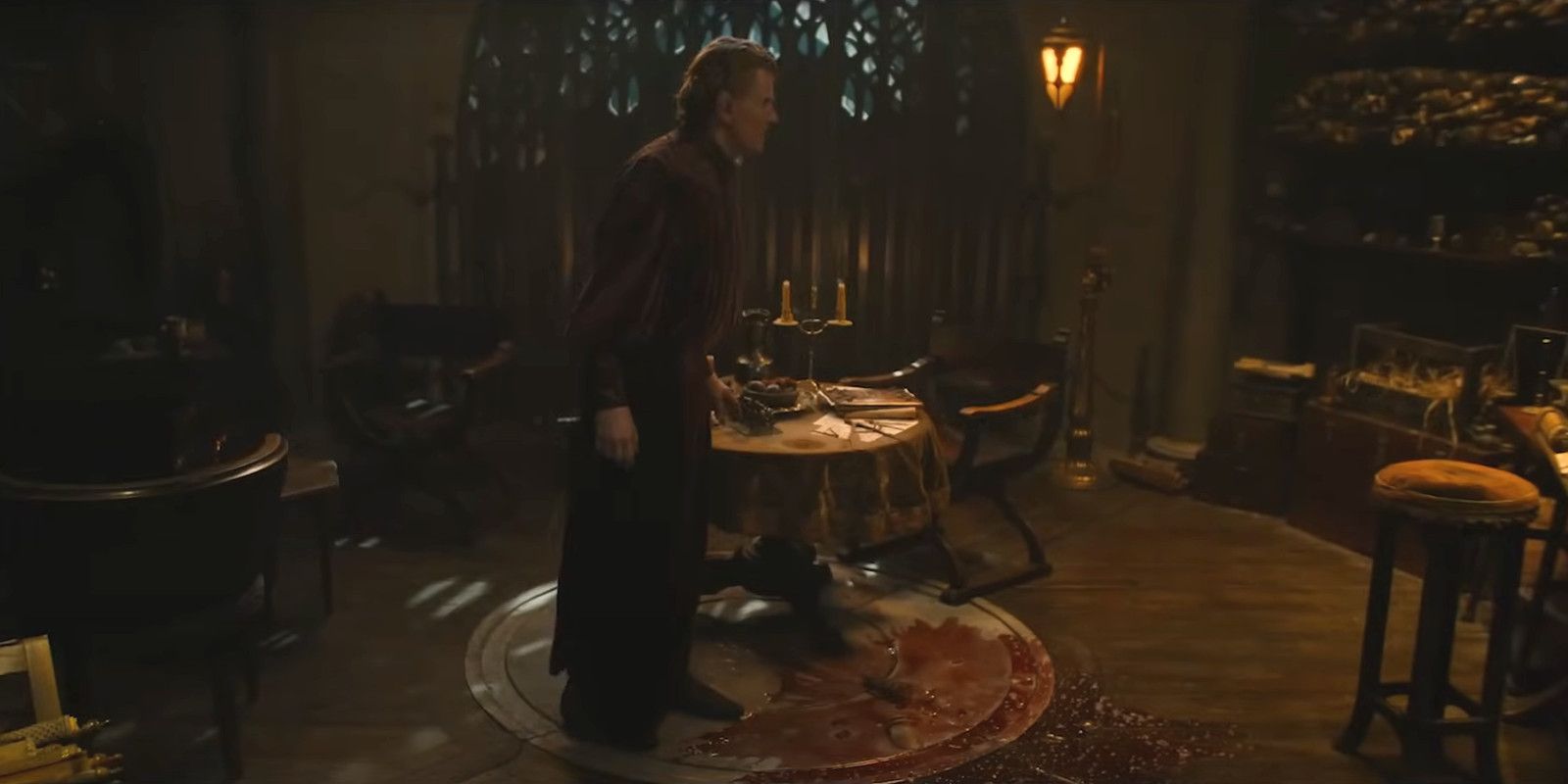
Dorwinion did appear in one of Tolkien’s other writings: an early draft of The Children of Húrin. However, he once again focused solely on the region’s alcohol production. He mentioned that the Elven warrior Beleg Strongbow carried a flask of wine from Dorwinion, or as he spelled it in this version of the story, Dor-Winion. The only new piece of information that can be extrapolated from this text is that Dorwinion existed in the First Age, as that was when The Children of Húrin took place. That would rule out the possibility of Gondorian settlers establishing Dorwinion because Gondor did not even exist until the late Second Age and did not experience its Golden Age until the Third. However, this is a moot point, as the reference to Dorwinion did not carry over into Tolkien’s later revisions and is therefore non-canon.
At this point, the Tolkien Estate has published nearly all of Tolkien’s notes and unfinished manuscripts that are relevant to the lore of Middle-earth, so it is unlikely that fans will ever learn more about Dorwinion. It will remain an unexplained and mysterious land only alluded to in an offhand comment from The Hobbit. Though fans like to pore over Tolkien’s writings to deduce every last detail of Middle-earth, the blank spaces in the lore are part of the fun. Middle-earth is one of the most expansive settings in the entire fantasy genre, and for every story that the audience knows, there are countless more that Tolkien left up to the imagination. He viewed The Lord of the Rings and the rest of his legendarium as a history of a long-forgotten age, and in history, many things go without explanation. A civilization with its own extensive culture and history may be preserved as nothing more than a footnote about the production of wine. Mysteries like Dorwinion make Middle-earth feel even bigger and its lore even deeper.
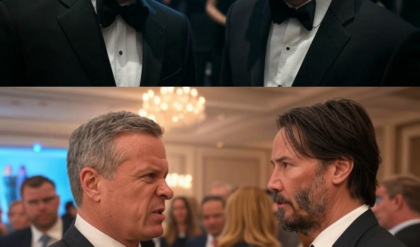



 Girl Sells Artwork to Fund Chemo—Keanu Reeves Strolls By and Shocks the World with an Unbelievable Twist!
Girl Sells Artwork to Fund Chemo—Keanu Reeves Strolls By and Shocks the World with an Unbelievable Twist! 